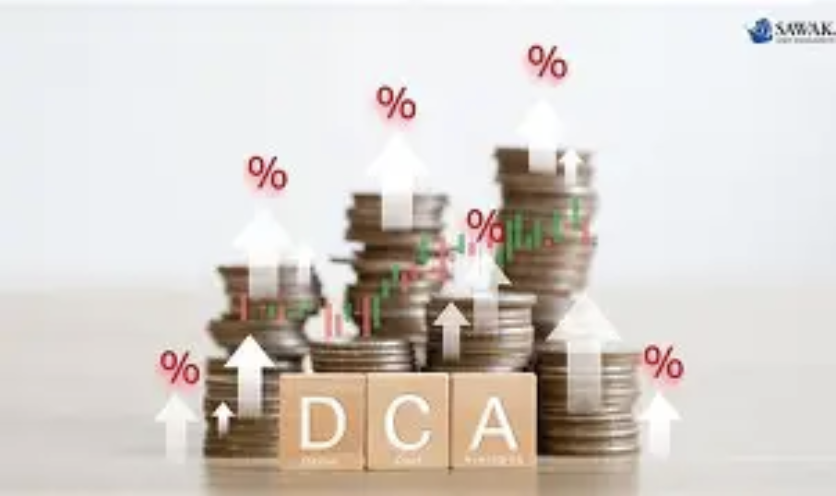Financial innovations are now sprouting more in emerging markets, propelled by the need to address uniquely economic challenges and improve access to finance. Countries of Asia, Africa, and Latin America are at the leading edge of this transformation. Among investors, these developments suggest an enormous opportunity but also embedded risks. Let's try to understand how financial innovations are changing emerging markets and what this means for the investor.
Opportunities With Financial Innovation in Emerging Markets
- Digital Payment Systems: Perhaps the biggest revolution spawned by emerging markets is the emergence of digital payment systems. Mobile money platforms like M-Pesa in Kenya and Paytm in India have brought financial transactions to the doorstep of every commoner with low-cost, accessible alternatives to traditional banking. M-Pesa processes over $100 billion in Kenya every year, taking up 50% of the country's GDP. This growth becomes a sure investment opportunity for fintech companies involved in digital payment systems. Statista projected that between 2023 and 2028, the market for digital payments will have a 20% CAGR in emerging markets.
- Fintech Lending Solutions: The majority of people in emerging markets find it difficult to access traditional lending due to the high standards. Fintech companies are filling this gap through microloans and peer-to-peer lending services. For instance, in Nigeria, fintech platforms like Carbon have issued over $500 million in loans since inception and reached customers who were excluded from formal financial systems. The fintech lending market presents an opportunity for high growth to investors, with a projected 25% annual growth rate in Africa's alternative lending market by 2025.
- Blockchain and Cryptocurrency Adoption: Blockchain technology is gaining acceptance in emerging markets because of its potential to enhance transparency and reduce transaction costs. Even countries like El Salvador have adopted Bitcoin as legal tender, and this is a very bold approach to financial innovation. Nigeria also leads in crypto adoption, with over 30% of the population having engaged in cryptocurrency transactions, according to Chainalysis. Investment in blockchain infrastructure and crypto exchanges targeting these new markets.

Risk of Investing in Developing Nations
- Regulatory Delay: Regulatory uncertainty appears to be the most significant drawback as the government usually introduces something abrupt, which may upset investments. For example, when India suddenly demonetized, it was an earthquake in 2016 which uprooted the present financial system, be it the business models of both locals and foreigners. Diversify portfolios, thereby keeping a close watch on regulatory environments, can significantly reduce this risk for the investors.
- Political Instability: Political instability can cause commotion in financial markets, making the economy unstable. Venezuela and Zimbabwe are examples where political instability led to hyperinflation. Investors lose confidence in such economies. In Venezuela, inflation surged to over 65,000% in 2018, which made planning impossible. Such markets have to be analyzed using some political risk indicators such as governance stability and policy consistency before investing.
- Currency Volatility: Currency fluctuations can be a huge drag on returns in emerging markets. For example, the Turkish lira lost over 40% of its value against the dollar in 2021, impacting investments made in foreign currencies. To mitigate this risk, investors can hedge or invest in local businesses with high export revenues as companies that have high export revenues generate good profits from weak local currencies.
Opportunity and Risk Balancing
- Diversification: Diversification is of critical importance when investing in the emerging markets. Investors will have to spread their capital out across countries, sectors and asset classes so that no particular risk is exposed to.
- Long-Term Perspective: Emerging markets face short-term volatility but there is a great promise to their long-term growth. The International Monetary Fund projects that the emerging economies will grow at an annual 4.5% growth rate over the next ten years, more than in developed economies.
- Strategic Partnerships: Partnering with local firms or experts can provide market dynamics insight and help minimize the operational risk. Cooperation will also help to drive better through regulatory landscapes.

Sectors Driving Financial Innovation
- Financial Inclusion: Companies working for financial inclusion are picking pace. For example, Wave in Senegal offers mobile financial services without any kind of transaction charges, and thus, attracting millions of customers who do not have banks.
- Insurtech: Emerging as one of the most important sectors is insurtech, in which companies like Bima offer affordable microinsurance products. The insurtech market in Africa alone will grow by 35% every year through 2026, offering a great chance for investors.
Future Prospects
Financial innovation in emerging markets is an attractive combination of high growth potential and related risks. Staying informed about market trends, regulatory changes, and technological advancement helps investors navigate these markets. Opportunities must be balanced with a strategic risk management approach to take advantage of the enormous potential these markets present.



